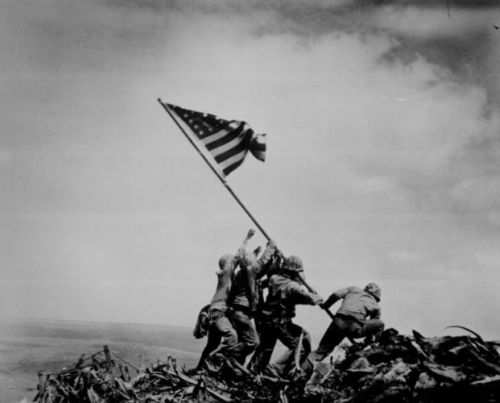 The excellent dispatches magazine recently organized a debate at Brooklyn's VII Gallery with Gary Knight, one of the magazine's co-founders, and Tim Hetherington, a young photo-journalist (and 'thinker') who has made some interesting attempts to break out of the dark corner in which photo-journalism finds itself. The debate is available in its entirety on the dispatches website and is well worth a look.
The excellent dispatches magazine recently organized a debate at Brooklyn's VII Gallery with Gary Knight, one of the magazine's co-founders, and Tim Hetherington, a young photo-journalist (and 'thinker') who has made some interesting attempts to break out of the dark corner in which photo-journalism finds itself. The debate is available in its entirety on the dispatches website and is well worth a look.
At the conversation I attended earlier this week one of the panellists, a former journalist for the NY Times, kept steering the discussion towards his experience of photo-journalism, blurring the lines between it and photography. I found that there was a palpable feeling of discomfort in the air each time that he drew this parallel: as if 'photo-journalism' has become a dirty word which is not really supposed to be mentioned in a discussion of Photography with a capital 'P'. The fence (or is it barbed wire?) between these two fields has always seemed a little artificial to me and thankfully up-and-comers like Hetherington are contributing to tearing holes in it (see Sleeping Soldiers for a good example of this). I have been wondering whether the recent turmoil that is hitting newspapers and magazines (the traditional homes of photo-journalism) so hard is going to further contribute to blurring this distinction. In the dispatches debate the Knight explained his concern that the only images of war that get distributed are overly legible, presenting the extremities of war (tragedy, suffering, violence) and not the body of it. This used to be precisely what photo-journalists searched for in conflict photographs—James Nachtwey still seems to think that by presenting the most dramatic forms of these images that he can single-handedly change the course of history—but thankfully this is changing. Maybe that, as photo-journalists are forced to find new ways of distributing their images, we will start to see a less selective picture and one which will be a lot harder to categorise as unrelated to 'fine art photography'.